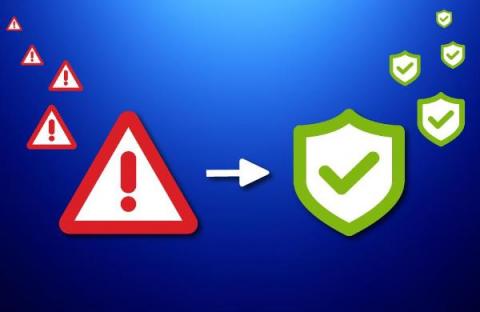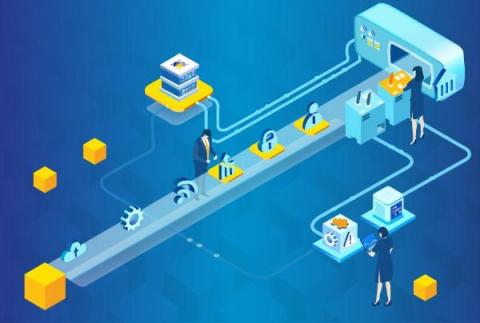How to Make Your Vulnerability Management Metrics Count
Software development organizations are investing more and more resources in their vulnerability management programs. According to Gartner’s forecast, in 2021 enterprise security spending was expected to break records and grow 12.4% to reach 150.4 billion. But how do organizations know if they’re spending their security resources wisely? The answer can only be found by crunching the numbers.











